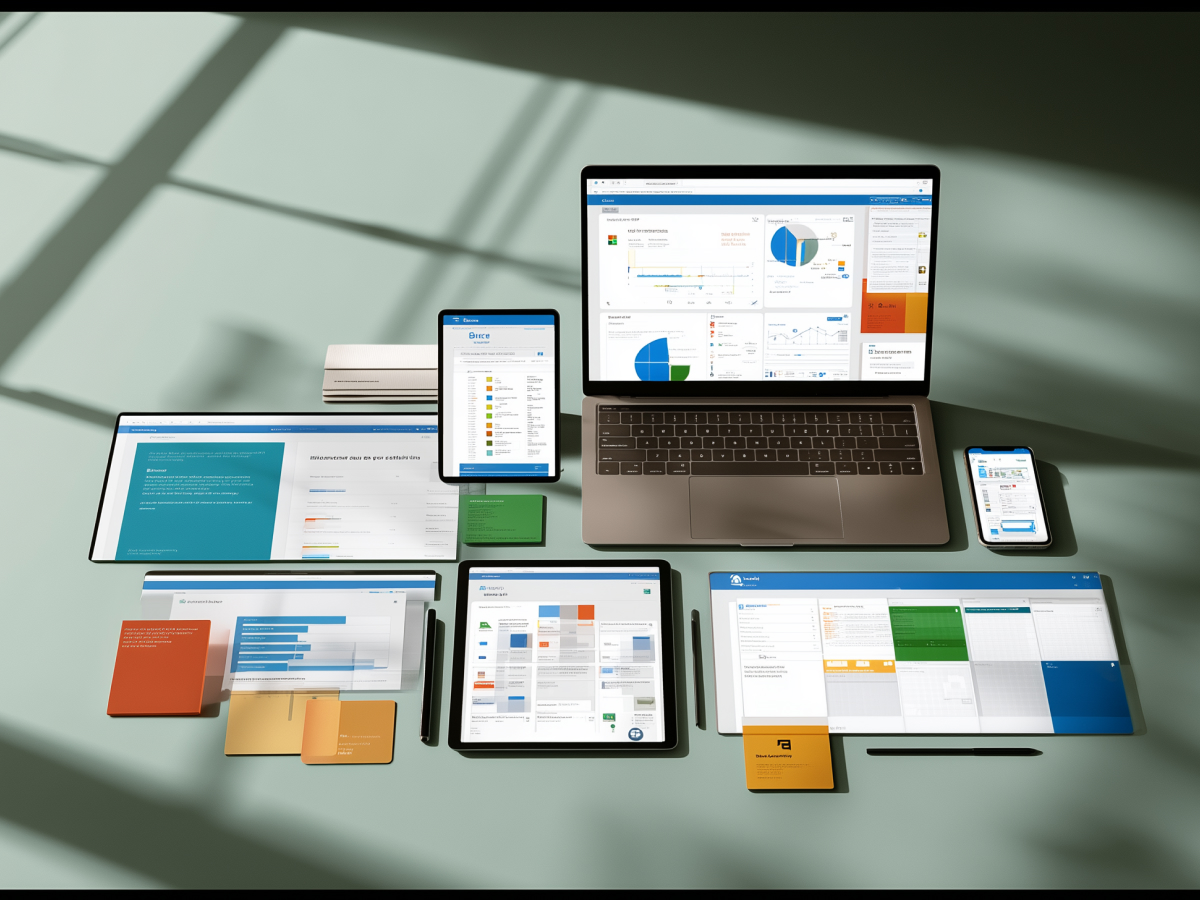The 10% tariff’s limited impact on IT budgets
This 10% tariff on Chinese-made computing equipment is not the catastrophe some predicted. Yes, it’s a cost increase, but it’s nothing compared to the 100% tariff that was originally floated. The market adapts quickly. Manufacturers and distributors are already finding ways to soften the blow. Some will take the hit on their margins; others will tweak product specs to offer budget-friendlier alternatives. Simple supply-and-demand economics at work.
Take PCs, for example. Higher prices were already coming this year due to inflation and advances in tech like AI-powered models with neural processing units (NPUs). These machines are built to handle generative AI models locally, so naturally, they require higher specs, including at least 16GB of RAM. Analysts like Ranjit Atwal from Gartner have done the math: With inflation, new tech specs, and the 10% tariff factored in, average PC prices will rise by 9% to 9.5%. Not ideal, but manageable.
The good news? Smart adjustments in the supply chain will prevent the worst-case scenario. For instance, without these mitigations, U.S. laptop demand could’ve dropped as much as 68%. That’s the power of market adaptation, businesses are built to respond and innovate.
Timing of price increases
Timing is everything. When will enterprises feel the pinch of this tariff? That depends on inventory and how fast it moves. Here’s the key, any goods already in U.S. warehouses or en route before specific February deadlines aren’t affected. But once that inventory is sold out, prices will reflect the new tariff.
Now, U.S. PC inventory levels are lean. We’re talking about 30 days’ worth of stock in the channel. Low inventories aren’t an accident; they’re a calculated risk. Resellers don’t want to hold large stocks for fear that new models could make older inventory obsolete. This lean approach means that new, tariff-affected shipments will hit the market sooner rather than later, translating to higher prices for enterprises almost immediately.
Supply chain logistics also come into play. If your business is planning large hardware purchases, now’s the time to move fast while older inventory is still available at pre-tariff prices. Speed matters here.
Shifting IT spending priorities mitigate the tariff’s impact
Let’s step back for a second. While hardware costs might rise, they’re a shrinking piece of the enterprise IT budget. Today’s tech investments are increasingly focused on software and services. And here’s why that’s important, the tariff has zero impact on most of these expenses.
According to Forrester, computer and communication equipment make up just 13% of total U.S. tech spending. Meanwhile, software and IT services account for a solid 75%. That means the big money isn’t in hardware.
“Enterprises are prioritizing what drives the most value, AI-powered solutions, cloud services, and data-driven operations.”
So, while the price of imported equipment might sting, it won’t fundamentally alter most IT strategies. Smart executives will focus on scaling the software and services that really matter, treating hardware as a cost of doing business rather than a strategic bottleneck.
Global repercussions due to China’s dominance in PC manufacturing
Here’s the bigger picture: This isn’t just about U.S. tariffs. China dominates global PC production, 75% of the world’s PCs are made there. Moving production elsewhere isn’t as easy as flipping a switch. Sure, there’s been a gradual shift to other countries, but building capacity at China’s scale takes time, money, and expertise.
The reality is that this tariff will ripple through global markets. Even countries not directly affected may still see higher prices. Why? Vendors might raise prices globally to make up for lost U.S. revenue. It’s a classic response to protect margins.
For context, the U.S. represents about 27% of the global PC market. A drop in demand here will force manufacturers to adjust their global strategies. Some might cut prices in other markets to boost sales, while others will hold steady and hope the demand rebounds. Either way, the impact won’t be confined to U.S. shores.
Uncertainty in long-term implications
Predicting the long-term impact of these tariffs is tricky because we’re dealing with multiple moving parts, trade balances, currency fluctuations, shifting production, and evolving consumer demand. None of this happens in a vacuum.
Currency swings alone can reshape the market overnight, affecting how much enterprises pay for imported goods. Vendors, meanwhile, face a tough decision: Raise prices to maintain margins or lower them to keep sales moving. Each strategy comes with risks.
Then there’s the question of production. While some manufacturing is shifting away from China, rebuilding capacity elsewhere isn’t a quick fix. It’s expensive and complicated, especially at scale.
What does this all mean for executives? Stay nimble. Flexibility and speed will define who thrives and who struggles. Keep an eye on global trends and be ready to adapt, because in markets like these, agility is king.
Key executive takeaways
- Moderated tariff impact: The 10% tariff is far less severe than originally feared, with manufacturers absorbing costs and adjusting product specifications to cushion price hikes. Decision-makers should review procurement strategies to make sure budgets remain stable amid these moderate increases.
- Proactive inventory management: Existing pre-tariff inventory provides a short-term buffer before price changes fully impact the market. Leaders should monitor supply chain timelines and schedule hardware purchases strategically to capitalize on current pricing.
- IT spending prioritization: With hardware accounting for only 13% of tech spending compared to 75% for software and services, overall IT budgets are less affected by tariff-driven price changes. Executives should focus on high-value investments in software and services while managing hardware upgrades prudently.
- Global market considerations: China’s dominance in PC manufacturing and the complexities of global supply chains mean that tariff effects may ripple internationally, influencing pricing beyond the U.S. Leaders should keep a close watch on global trade trends and be ready to adjust pricing strategies accordingly.





